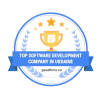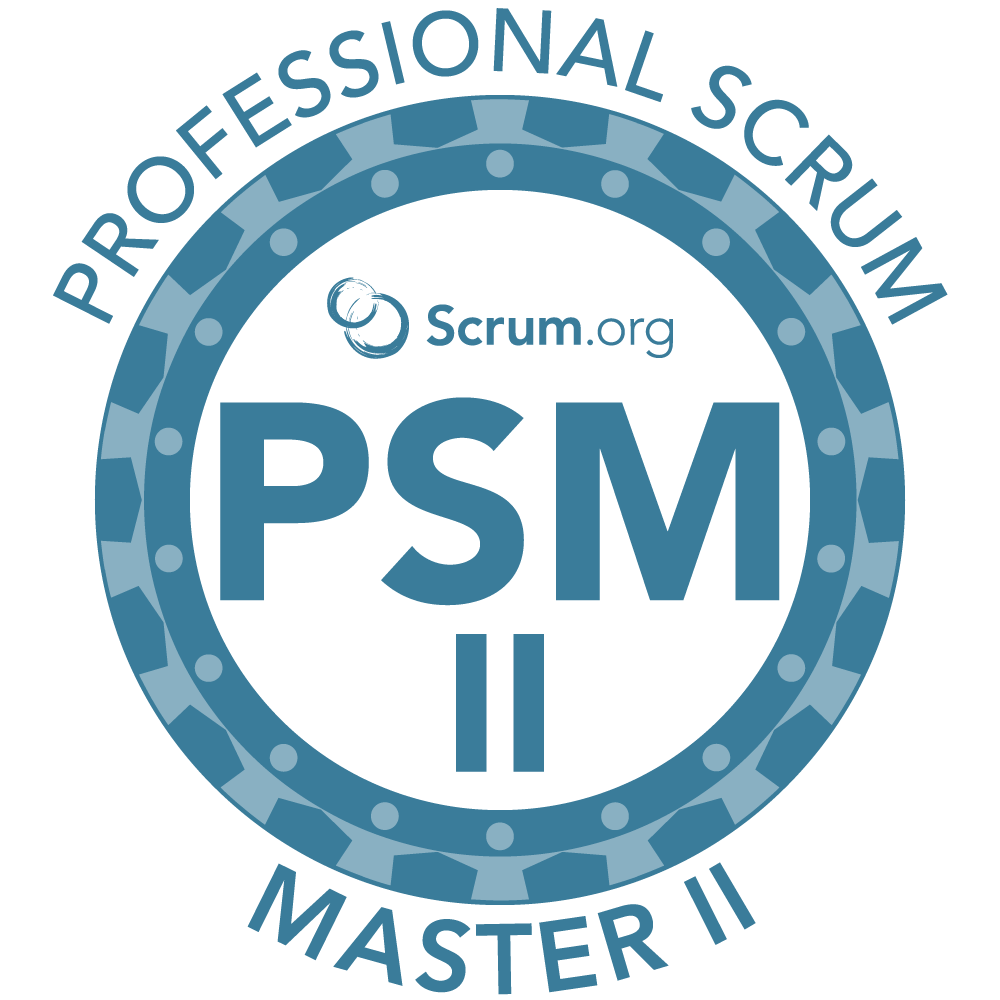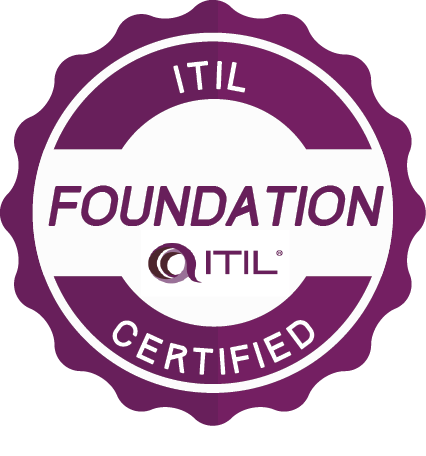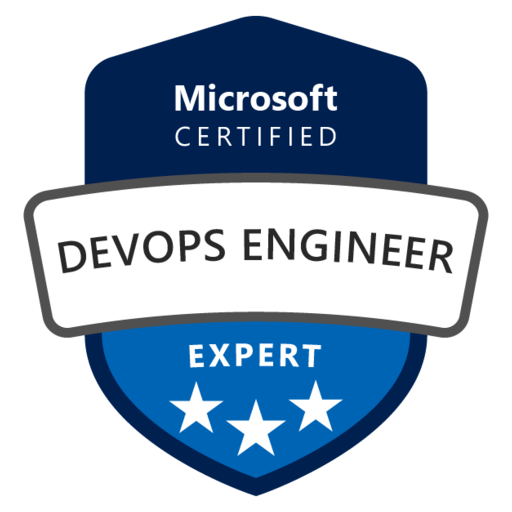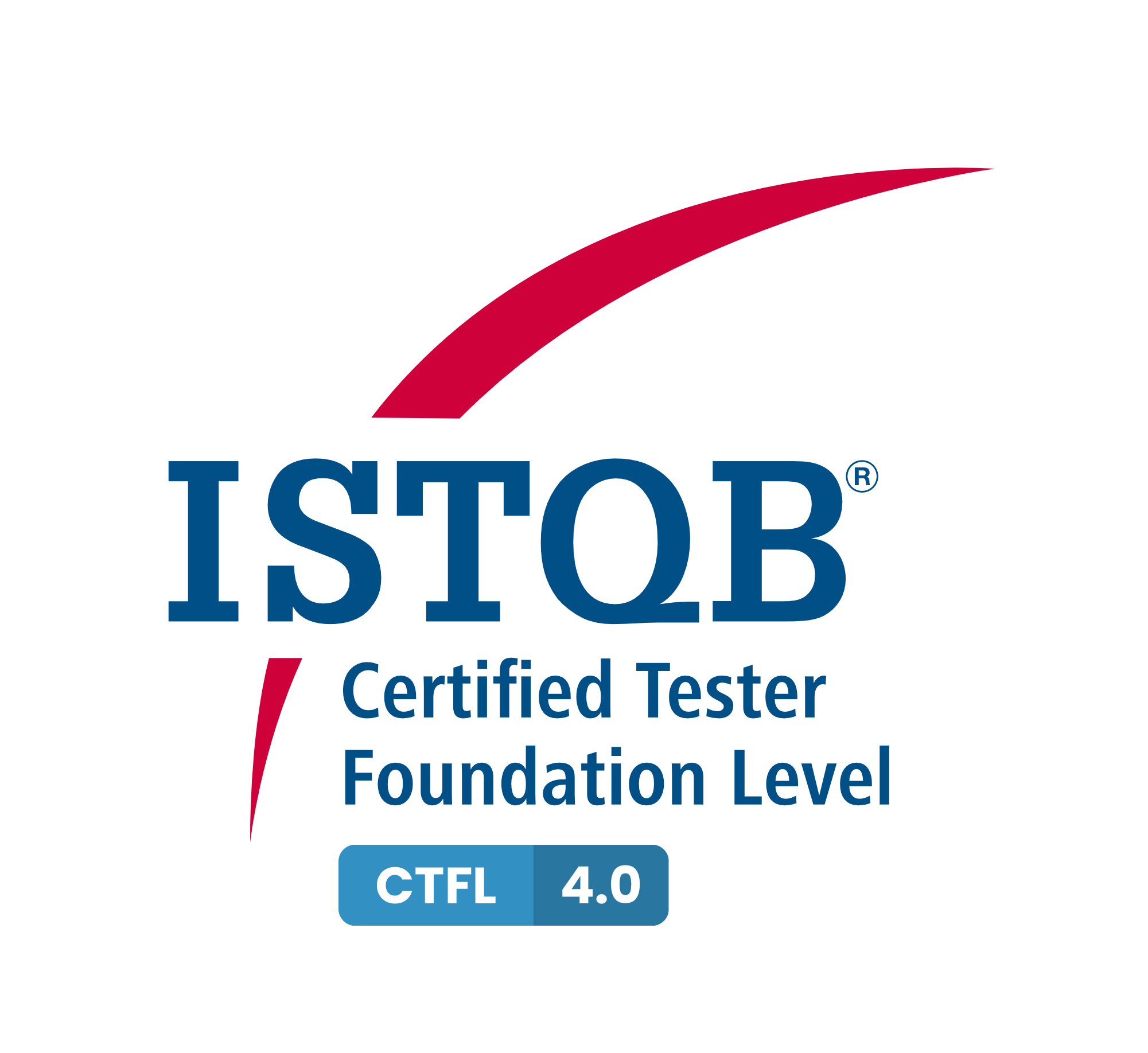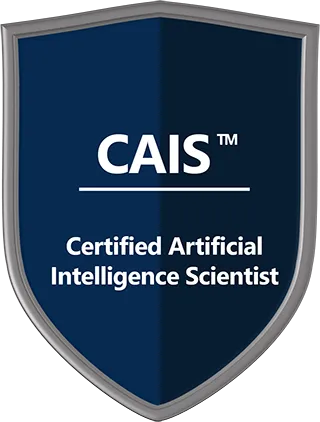Transform your shopping experience by offering personalized recommendations that adapt to user behaviors and preferences. Through our predictive analytics, Devox optimizes inventory management, forecasting demand with unprecedented accuracy. Additionally, we can develop AI-powered chatbots for customer service providing instant, personalized support that boosts satisfaction and loyalty.

Neural Networks Development
What are Neural Networks and How Can They Help My Business?
As the implementation of artificial intelligence, neural networks are programs imitating the human brain: they employ its biological neural network organization and functioning principles. Basically, a program like this thinks, acts and makes decisions like a human, as it repeats the connections and structure of the brain, facilitating it with appropriate mathematical models.
They consist of layers of interconnected nodes or "neurons," which process and transmit information by dynamically adjusting connections based on input data. This structure allows neural networks to learn from vast amounts of data, identify patterns, and make decisions with minimal human intervention: consequently, neural networks as a service are a self-sufficient subsection of AI-based solutions for businesses.
Neural Networks Services We Provide
Devox creates NN solutions with different architectural approaches: we can deploy a system to your servers, provide neural network cloud service, or cater to your technological convenience in any different way.
-
NN Solutions for eCommerce and Retail
-
NN Solutions for Online Cinemas and Streaming
Personalize content recommendations, keeping viewers engaged by analyzing their viewing habits. We enhance content discovery through advanced media tagging and classification, making navigation intuitive. Additionally, our technology optimizes streaming quality in real-time, ensuring an optimal viewing experience regardless of bandwidth or device constraints.
-
NN Solutions for Finance and Banking
Leverage accurate fraud detection capabilities, identifying suspicious transactions with remarkable precision. Devox can develop a neural network for the banking sector, where you’ll get personalized banking experiences with tailored financial advice and product recommendations for the users’ side. As for the internal operations, you’ll tackle risk management, predicting market trends and credit risks with enhanced accuracy, thus protecting assets and optimizing financial strategies.
-
NN Solutions for Automotive Industry
Power autonomous driving technologies, allowing vehicles to make informed decisions in real-time. Devox streamlines manufacturing processes with predictive maintenance, preventing equipment failures. Our solutions enrich the driving experience through predictive navigation and personalized in-car assistance, coupled with intelligent safety systems.
-
NN Solutions for Healthcare
Revolutionize your patient diagnostics and care, utilizing advanced image analysis for early disease detection with James Webb-level accuracy. Devox creates solutions catering to personalized medicine by predicting individual treatment responses and refining therapy plans. Additionally, you’ll optimize operational burden in healthcare settings, from managing patient flows to optimizing staffing predictions.
-
NN Solutions for Logistics
Redefine supply chain management, using predictive analytics to anticipate demand shifts and automate warehouse operations. Our engineers ensure efficient route optimization for deliveries, considering real-time traffic and weather conditions, thus cutting delivery times and costs. Furthermore, our approach to predictive maintenance for vehicles and equipment minimizes downtime, elevating the reliability and efficiency of logistics operations.
Our Neural Networks Development Process
Among our neural network development tools, there are Python libraries (TensorFlow, PyTorch, Keras, Theano), IDEs and editors, specialized hardware like GPUs and TPUs and development platforms such as Google Colab, Microsoft Azure Machine Learning and Amazon SageMaker. Armed with these instruments, we then follow a thorough SDLC:
Key Features of Custom Neural Networks System
Layers of Neurons
A neural network consists of an input layer, one or more hidden layers, and an output layer. Each layer contains units or neurons that process incoming data, transform it, and pass it on to the next layer. The complexity and depth of the network can vary depending on the task it is designed to perform.
Connections and Weights
Neurons in one layer are connected to neurons in the next layer. Each connection has an associated weight that is adjusted during the learning process. These weights determine the strength and direction of the influence one neuron has on another, essentially encoding the knowledge of the network.
Activation Functions
Activation functions are mathematical equations that determine whether a neuron should be activated or not, based on the weighted sum of its inputs. They introduce non-linear properties to the network, enabling it to learn complex patterns and perform tasks beyond mere linear data processing.
Learning Algorithm
Neural network service learns from data through a process that involves adjusting the weights of connections to minimize the difference between the actual output and the desired output. The most common learning algorithm is backpropagation combined with an optimization technique such as gradient descent. This process iteratively reduces prediction errors, improving the model's accuracy over time.
Loss Function
The loss function measures the network's performance by calculating the difference between the predicted output and the actual output. During training, the goal is to minimize this loss, which guides the adjustment of weights in the network.
Bias Neurons
Bias neurons are added to layers to help the network better fit the data. They allow the activation function to be shifted, which can be crucial for learning patterns in data where the best fit does not go through the origin.
Regularization Techniques
To prevent overfitting, which occurs when the model learns the noise in the training data instead of the actual signal, neural networks may employ regularization techniques. These techniques, such as dropout, limit the complexity of the model, making it more generalized and robust to unseen data.
Feedforward and Feedback Mechanisms
In feedforward neural networks, data moves in only one direction, from input to output. In contrast, recurrent neural networks (RNNs) have feedback mechanisms, allowing them to process sequences of data and maintain a form of memory.
Adaptability
Neural networks can adapt to changing input, making them suitable for dynamic environments. As they are exposed to new data, they can adjust and improve their performance, making them highly flexible and scalable for various applications.
Parallel Processing
Neural networks inherently support parallel processing, which means they can handle and process multiple inputs at the same time. This feature is particularly advantageous for handling large datasets and complex computations.
Benefits of Implementing Neural Networks
Neural networks can help resolve problems and provide solutions related to many business objectives, pains, and tasks. As a subsection of artificial intelligence, you can expect to reap the following from using NN:
-
Tackle Data Overload
Salvage a solution that will work ideally in a data-rich environment in the era of big data, making sense of the vast amounts of information collected. Neural networks thrive on big data: they can analyze and interpret large datasets quickly and efficiently, identifying meaningful patterns and insights that humans might miss.
-
Predict What You Have to Know
If you face uncertainty regarding future trends, customer behavior, and market dynamics, artificial neural network development can help. You’ll leverage historical data to make accurate predictions, anticipating future demands more clearly, optimizing inventory, and tailoring marketing strategies.
-
Reach Maximum Automation
Automating repetitive tasks is a common pain point for businesses looking to reduce labor costs and errors. Neural network services can automate a range of tasks, such as customer service inquiries through chatbots, document classification, and even complex decision-making processes, freeing up human workers for more strategic activities.
-
Boost Quality Control
Reach premium quality in your production even at scale: neural network solutions provide diligent quality control processes by detecting defects or anomalies in real-time, ensuring that only products meeting the highest standards reach the market.
-
Strengthen Cybersecurity and Fraud Detection
Neural networks can identify complex patterns and anomalies in transaction data indicating fraudulent activity, preventing losses and protecting your clients’ sensitive information. You’ll detect and respond to security threats more quickly and accurately than traditional methods, protecting sensitive data and infrastructure from cyberattacks.
-
Provide Individual Experiences and Win Customer Loyalty
Get the analytics from individual customer data and summarize it, painting a clearer picture of what will make each of your clients happier. You won’t just deliver personalized recommendations, content, and services, but also expand the abilities of your product if geared up with AI, experiencing its power not just within your internal team but also sharing its potential with the customers.

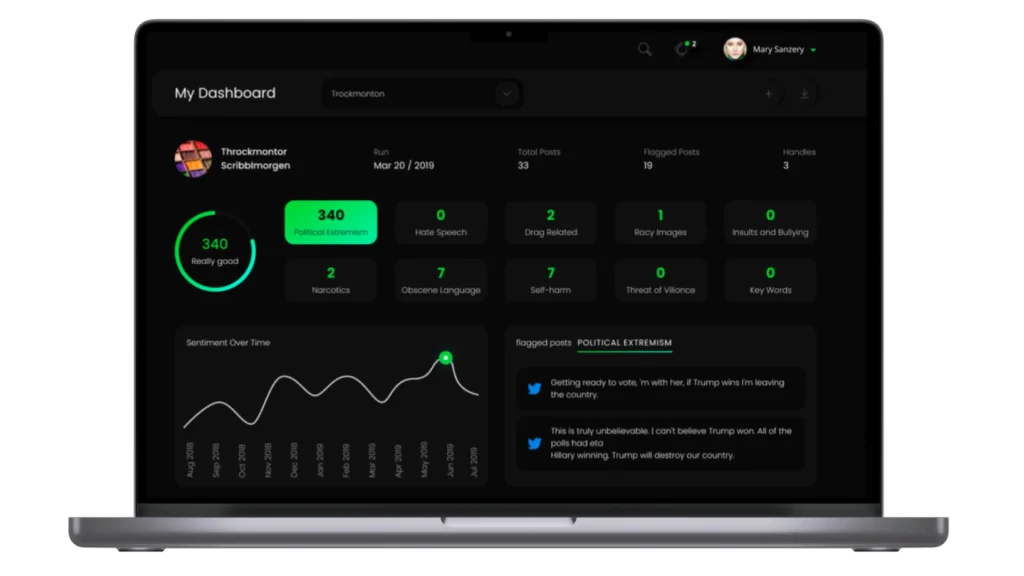
Social Media Screening Platform
The project is a web-based AI-powered platform for comprehensive social media background screening. Its supertask is to streamline potential employee background checks for companies, tackling employment risk management.
Additional Info
- .NET Core
- Angular
- Azure
- Docker
- GitLab CI/CD
- Selenium Web Driver
USA

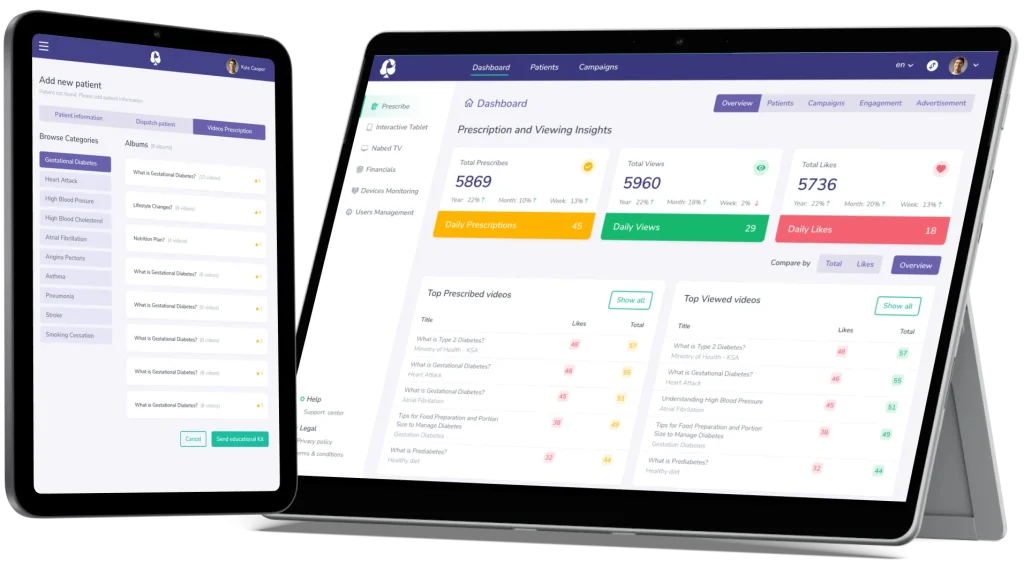
Bridging MedTech and MarTech for Enhanced Patient Engagement
Nabed is a SaaS platform at the crossroads of MedTech and MarTech. It enables caregivers to engage with patients using comprehensive, personalized educational content for better healthcare outcomes.
Additional Info
Lebanon

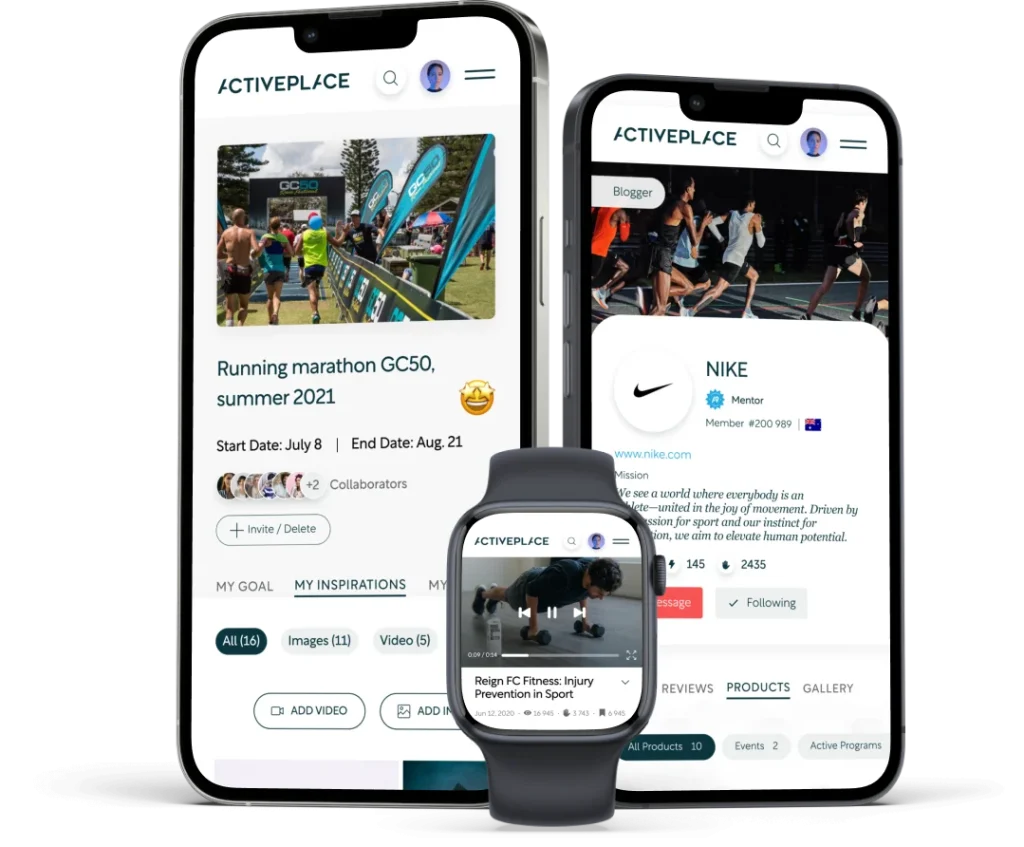
Health - and Community-Oriented Social Platform
ActivePlace is a wellness social network and media platform with a marketplace feature, dedicated to health, fitness, and an active lifestyle. It connects people with like-minded individuals, mentors, and businesses.
Additional Info
- Jenkins
- Angular
- Ruby
- Figma
USA
and over 200 our featured partners and clients
Industry Contribution Awards & Certifications
Check Devox Software Awards on rating & review platforms among top software development companies and Certifications our team members holds.
- Awards
- Certifications
Testimonials
FAQ
-
What is a neural network?
A neural network is a computational system inspired by the structure, processing method, and learning ability of the human brain. It consists of layers of nodes, or “neurons,” each designed to perform specific computations. These networks can learn from data, making them highly effective for tasks such as pattern recognition, data classification, and predictive analytics. Neural networks adapt their structure during the learning process by adjusting the connections between nodes based on the input they receive, which allows them to improve their performance over time.
-
How do neural networks learn?
Neural networks learn through a process called training, where they are fed large amounts of data and the desired output. They use algorithms to adjust the weights of connections between neurons to minimize the difference between their prediction and the actual outcome. This process is often facilitated by backpropagation and optimization algorithms like gradient descent, which help the network iteratively reduce errors in its predictions. Over time, the network adjusts its weights to patterns in the data, effectively learning from it.
-
What are the differences between supervised, unsupervised, and reinforcement learning in neural networks?
In supervised learning, the neural network is trained on a labeled dataset, which means each input comes with the correct output. The goal is to learn a mapping from inputs to outputs, making it suitable for tasks like classification and regression. Unsupervised learning involves training the network on data without explicit labels, aiming to find underlying patterns or distributions in the data, useful for clustering and dimensionality reduction. Reinforcement learning is a type of learning where an agent learns to make decisions by performing actions in an environment to achieve some goals; the network learns from trial and error, guided by rewards or penalties.
-
Can neural networks make decisions on their own?
Neural networks can make decisions based on the patterns and relationships they learn from data. While they don’t “decide” in the human sense, they can autonomously generate outputs, classify data, or predict outcomes based on their training.
Such a capability enables applications like autonomous vehicles, which can make real-time navigation decisions, or financial systems that decide on stock trades. However, the quality of these decisions heavily depends on the training data and the network’s design.
-
What are some common challenges in neural network development?
Common challenges in neural network web development include overfitting, where the network learns the training data too well, including its noise, making it perform poorly on new data. Underfitting is another challenge, where the network doesn’t learn the underlying patterns well enough. The complexity of designing the network architecture, choosing the right hyperparameters, and ensuring sufficient and quality training data are also significant challenges. Additionally, computational resources and processing time for training large models can be substantial.
-
How can neural networks be applied in small businesses?
Small businesses can leverage neural networks in various ways, such as customer segmentation, predicting sales trends, optimizing inventory levels, and personalizing marketing efforts.
Neural networks can also enhance customer service through chatbots or recommendation systems, improving customer engagement and satisfaction. By adopting cloud-based AI services, small businesses can access neural network capabilities without significant investment in hardware and expertise, making AI more accessible and applicable to their operations.
-
What ethical considerations should be taken into account when deploying neural networks?
When deploying neural networks, it’s crucial to consider issues of bias, privacy, and accountability. Ensuring that the training data is representative and free from biases is essential to prevent discriminatory outcomes. Privacy concerns arise from using sensitive or personal data for training neural networks, necessitating robust data protection measures. Finally, accountability in decision-making processes involving neural networks is vital, especially in critical applications like healthcare or law enforcement, where decisions can significantly impact individuals’ lives.
Want to Achive Your Goals? Book Your Call Now!
Are You Looking to Boost Your Business Efficiency, Reduce Costs, and Accelerate Your Growth?
Partner with Devox Software, a leading IT provider, and experience the power of tailored technology solutions designed to meet your unique needs.
Take the first step towards unparalleled efficiency and innovation. Contact us today for a free consultation and discover how we can help your business thrive in the digital age.
Let's Discuss Your Project!
Share the details of your project – like scope or business challenges. Our team will carefully study them and then we’ll figure out the next move together.
Thank You for Contacting Us!
We appreciate you reaching out. Your message has been received, and a member of our team will get back to you within 24 hours.
In the meantime, feel free to follow our social.
































